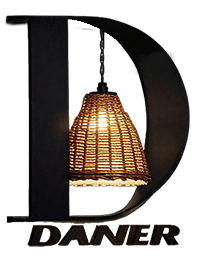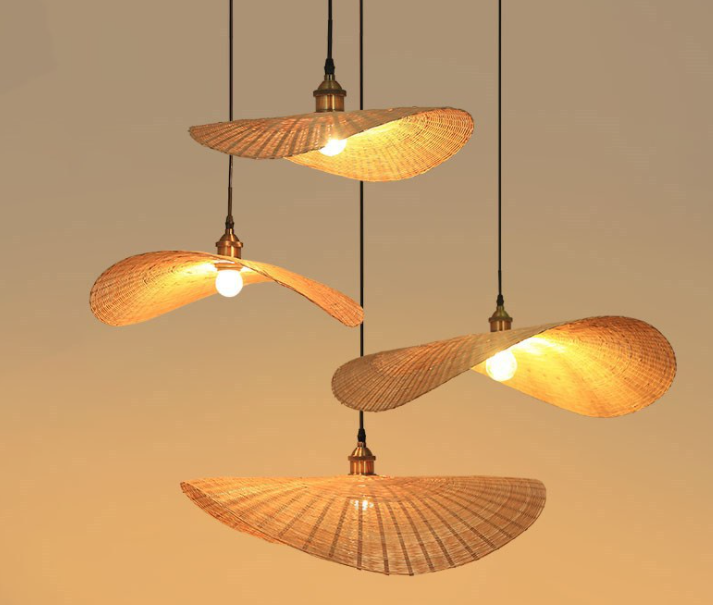What Are the Drawbacks of Woven Lighting Fixtures?
Woven lighting fixtures—crafted from natural materials like rattan, bamboo, and wicker—have become staples in boho, coastal, and eco-conscious interiors. While their organic texture and handmade charm offer aesthetic appeal, it's important to consider their limitations. Here's a detailed look at the drawbacks of using woven lighting in your home or commercial space.
1. Durability Concerns
Natural materials such as rattan and bamboo are not as robust as metal or glass. Over time, woven rattan hanging lights and bamboo pendant lamps can degrade, especially in humid or dry environments. These organic materials may crack, warp, or become brittle without proper care.
2. Difficult to Clean
Dust and debris can easily settle into the crevices of handmade wicker lamps and rattan pendant lights. Unlike smooth surfaces, cleaning these textured fixtures requires delicate handling and special tools like compressed air or soft brushes, adding to maintenance time.
3. Limited Light Output
The woven design of these fixtures can restrict light flow. A wicker ceiling light or boho rattan light fixture might create beautiful shadows but may not provide adequate lighting for tasks. This makes them better suited for ambient rather than functional lighting.
4. Not Ideal for All Settings
Restaurants and commercial spaces aiming for a rustic or coastal feel may embrace handcrafted artisan designs, but woven light fixtures might not suit modern or high-tech interiors. Their handmade aesthetic doesn’t always align with minimalist or industrial themes.
5. Susceptibility to Moisture and Heat
Natural fiber pendant lamps and bamboo ceiling lanterns are vulnerable to moisture. Installing them in kitchens, bathrooms, or outdoor areas without protection can lead to damage. Additionally, high heat from bulbs can degrade woven materials, reducing their lifespan.
6. Higher Price for Handmade Quality
Artisan, handmade bamboo chandeliers and eco-friendly bamboo pendants often come at a premium. While they boast uniqueness and sustainability, they may not fit every budget, especially for large-scale installations.
7. Color Fading Over Time
Natural finishes on rattan, bamboo, and wicker can fade when exposed to sunlight or indoor lighting. Coastal rattan ceiling lamps and tropical wicker lamps may lose their original hue, impacting aesthetic consistency in the room.
8. Installation Challenges
Unlike standard fixtures, woven lights may require special mounting hardware or custom adjustments. Rustic bamboo light fixtures or Japanese bamboo lanterns might not come with universal fittings, complicating the installation process.
Despite their drawbacks, woven lighting remains a favorite for those prioritizing eco-friendly, handcrafted design. With careful placement and maintenance, they can add warmth and artistry to interiors.
Address
No. 3, Lane 6, Fushan, Tiebian Village, Henglan, Zhongshan City

CONTACT US
_lutHu5.png)


Call Us
13527147288
E-mail Us




